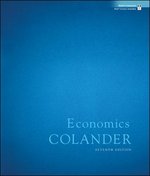Answered step by step
Verified Expert Solution
Question
1 Approved Answer
To assess the effect of state right-to-work laws (which do not require membership in the union as a precondition of employment) on union membership,the following
To assess the effect of state right-to-work laws (which do not require membership in the union as a precondition of employment) on union membership,the following regression results were obtained, from the data for 50 states in the United States for 1982:

Step by Step Solution
There are 3 Steps involved in it
Step: 1

Get Instant Access to Expert-Tailored Solutions
See step-by-step solutions with expert insights and AI powered tools for academic success
Step: 2

Step: 3

Ace Your Homework with AI
Get the answers you need in no time with our AI-driven, step-by-step assistance
Get Started


